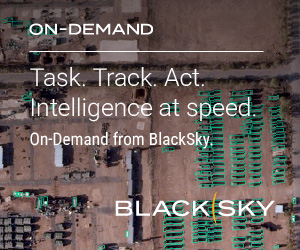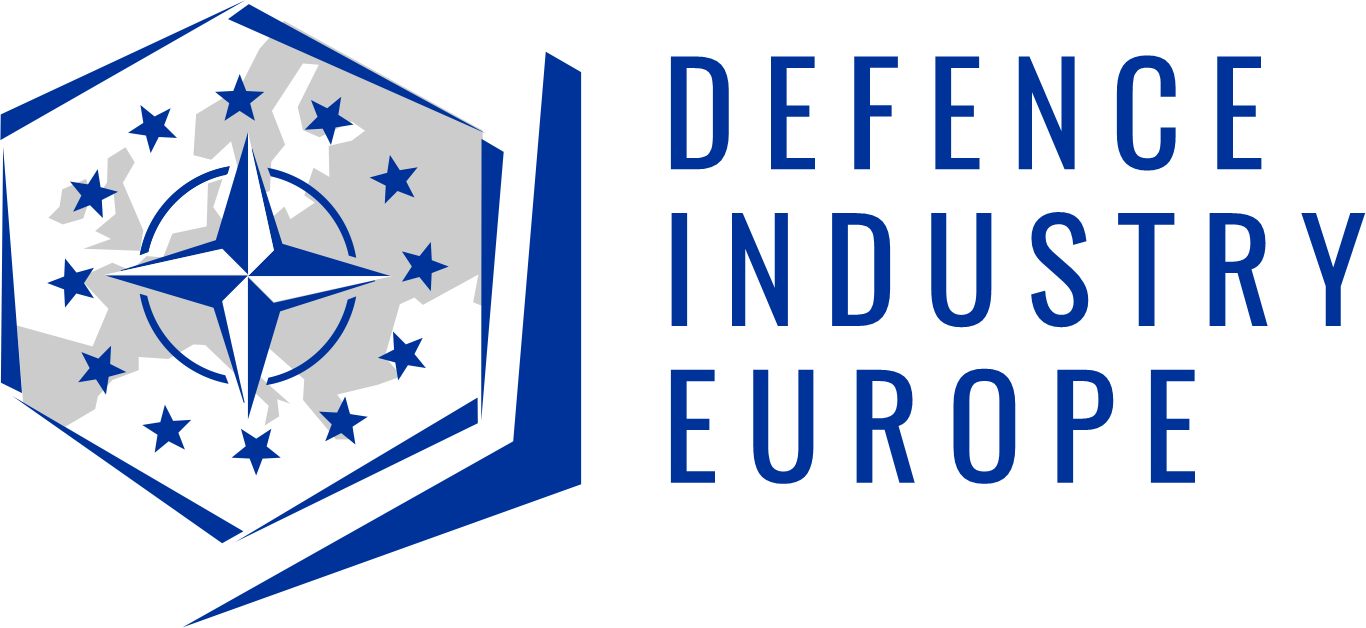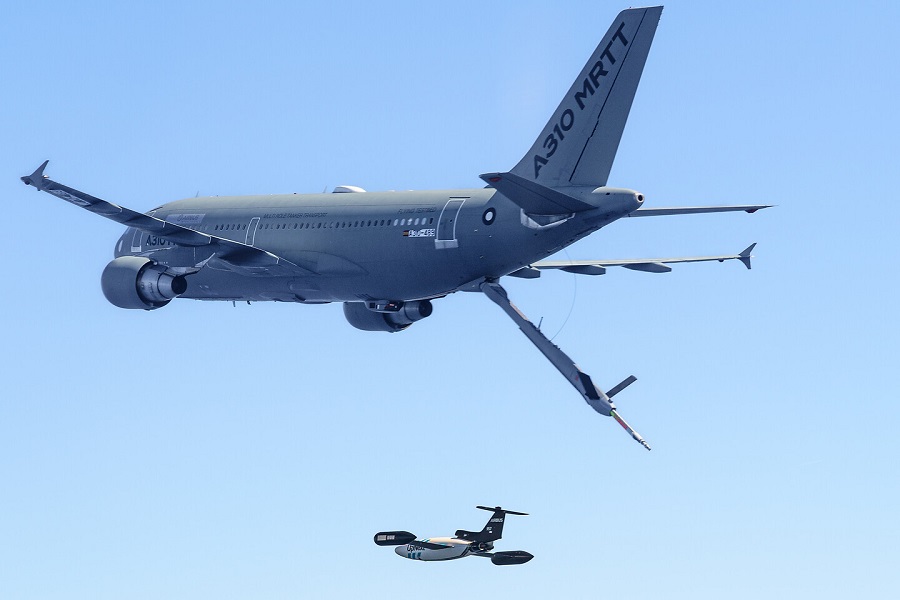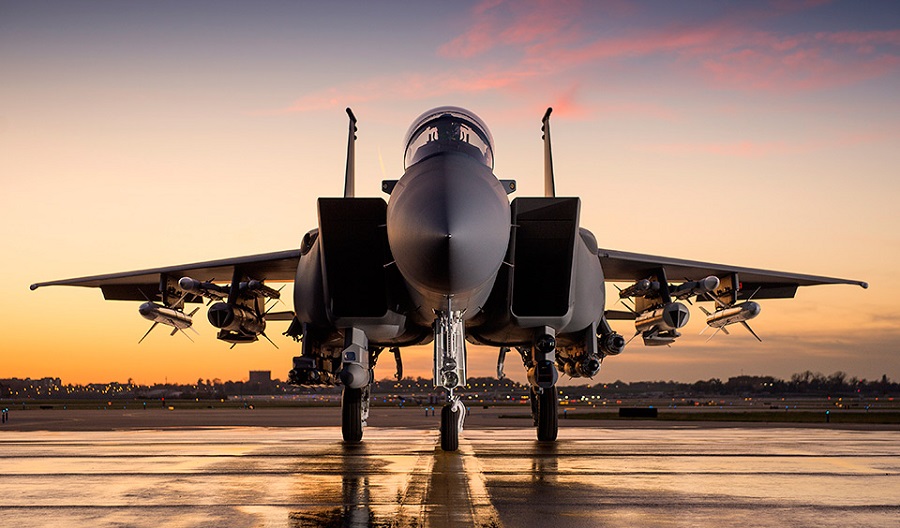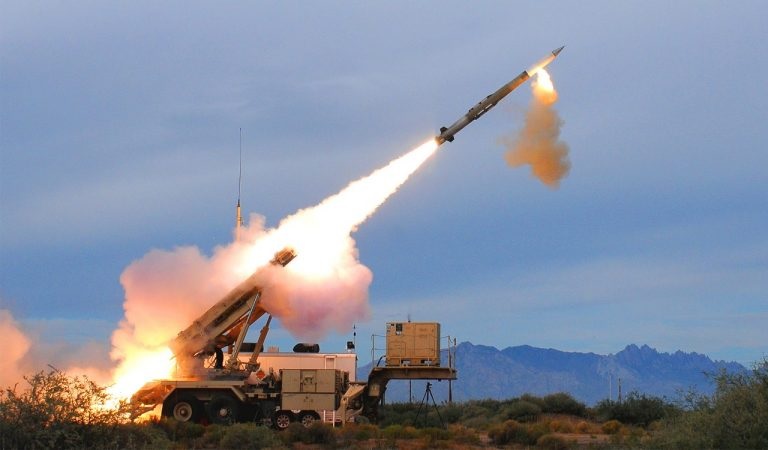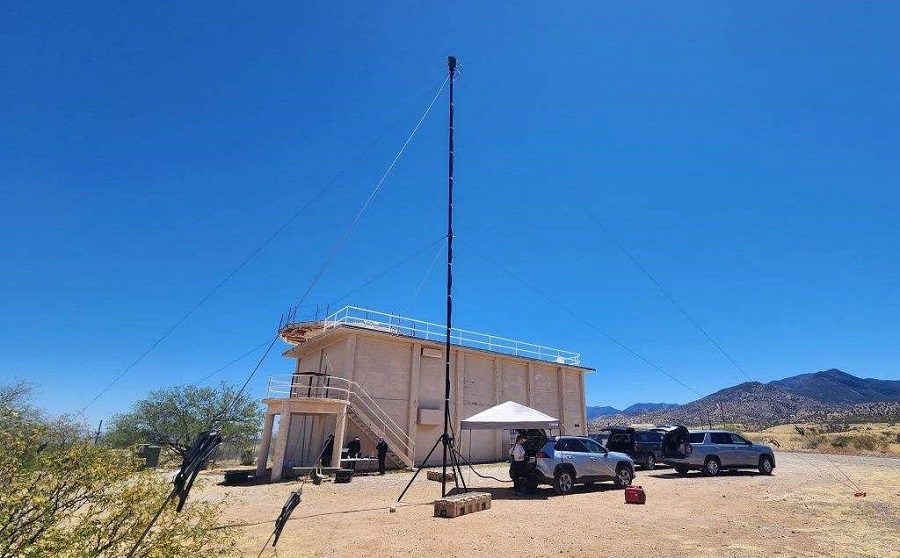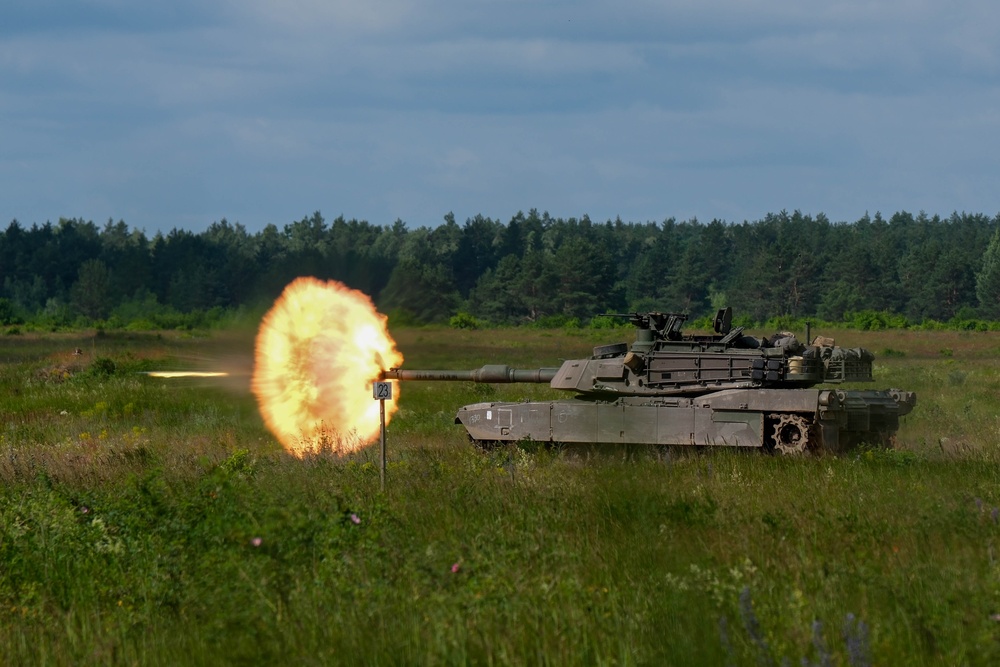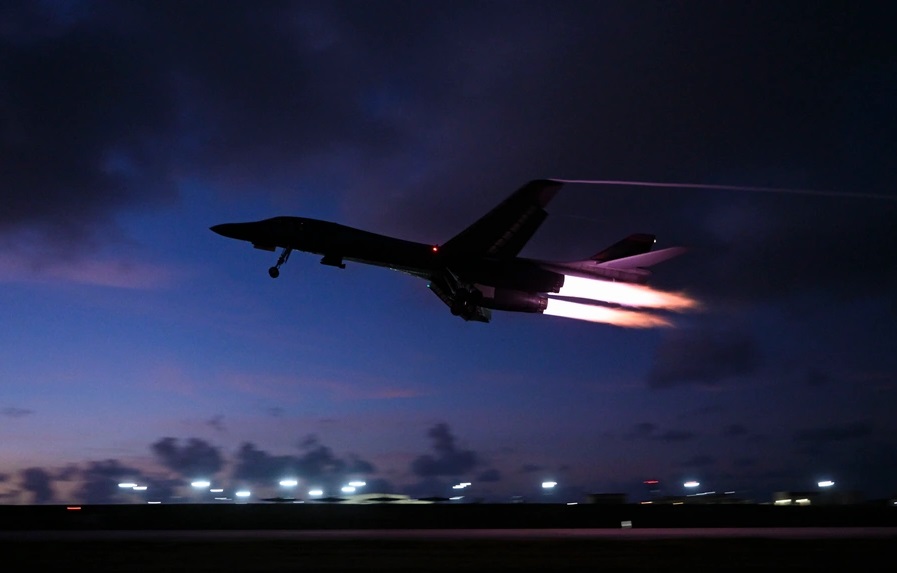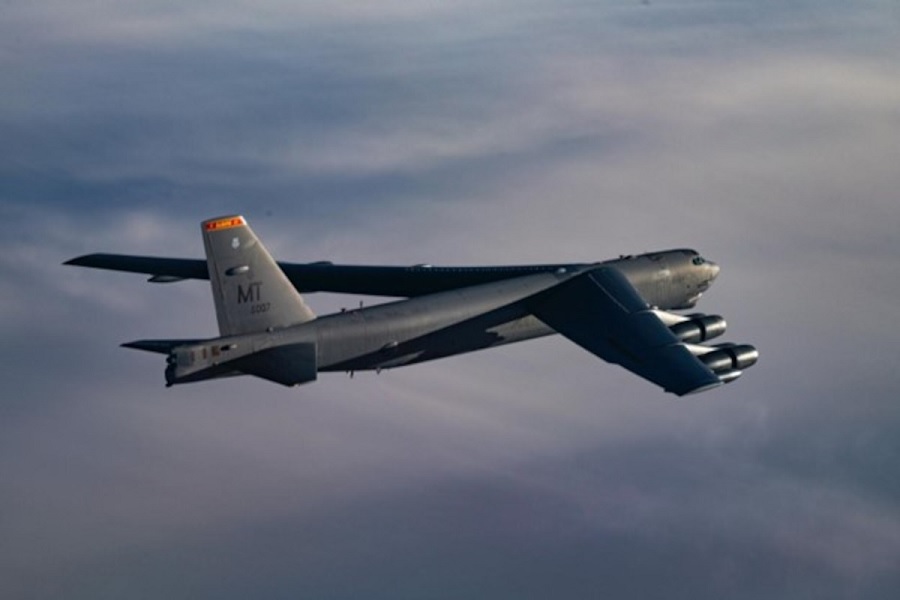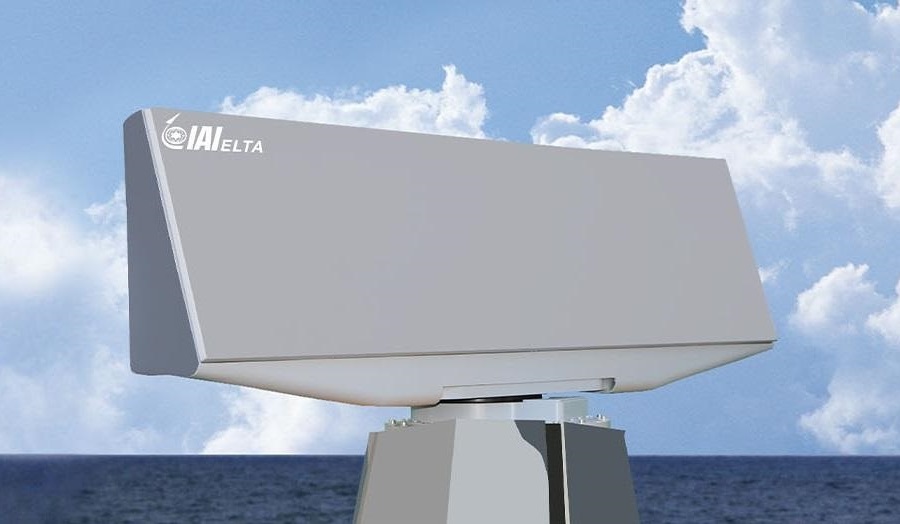Testing was conducted by the 418th Flight Test Squadron, Global Reach Combined Test Force, bringing together a deployed RAAF E-7A and a KC-46A Pegasus for the first aerial refuelling certification of this type. This development enhances Australia’s combat reach, providing greater operational flexibility beyond reliance on the KC-135 Stratotanker and RAAF KC-30A Multi-Role Tanker Transport.
The collaboration is part of a broader trilateral vision aimed at enhancing operational output through shared resources, mutual support, and standardised systems. Immediate benefits are expected in the Pacific theatre, while long-term advantages will extend as the USAF and RAF integrate the E-7A Wedgetail into their operational fleets.
Squadron Leader Owen Hamilton, flight commander at the Australian Research and Development Unit, said: “The RAAF is the original operator of the E-7A aircraft. We have already tested and overcome many early challenges typical of a new platform. This unique knowledge allows us to guide our allies in the U.K. and U.S. to field their own E-7A Wedgetail capability faster.”
Testing also addressed the challenge of secure data sharing between the KC-46 and E-7A platforms, an area without prior benchmarks. Boeing, the mission partner and KC-46 programme office, played a key role in assisting the 418th FLTS to overcome these barriers.
Maj. Matthew Daughtery, global reach test pilot with the 418th FLTS, explained: “Sharing data and understanding how to dissect and utilise the information is just as important as the actual test certification. There are no benchmarks or precedents for aligning these systems. The USAF and RAAF use different rules and nomenclatures. A key part of developmental testing is to find a path to success. Where there’s a will, there’s a way!”
An RAF representative also took part in the testing programme, gaining crucial early experience ahead of the RAF’s own E-7A flight test campaign. Squadron Leader Angus Lilly, RAF test pilot, stated: “This test event reflects the joint collaboration and interoperability between our three nations. We will soon begin flight testing our own E-7A aircraft, and this early collaboration will help us field our capability more efficiently.”
Extensive testing over the Mojave Desert marks a new era for networked airborne early warning and control capabilities. Lessons learned are already being used to inform test planning as the USAF and RAF move closer to operational deployment of the E-7A Wedgetail.
Furthermore, the KC-46A now holds a data baseline for certifying unique foreign aircraft, demonstrating significant testing efficiency gains. Michael Baker, E-7A chief of developmental test for the USAF, said: “The U.S. is demonstrating the impact of our trilateral engagement through this testing, with the ultimate goal of full interoperability for global defense. E-7A interoperability will allow joint forces to focus on the fight, not on aircraft ownership. This also lays a path for future cooperation to enhance the E-7A for the future.”
Source: U.S. Air Force.

